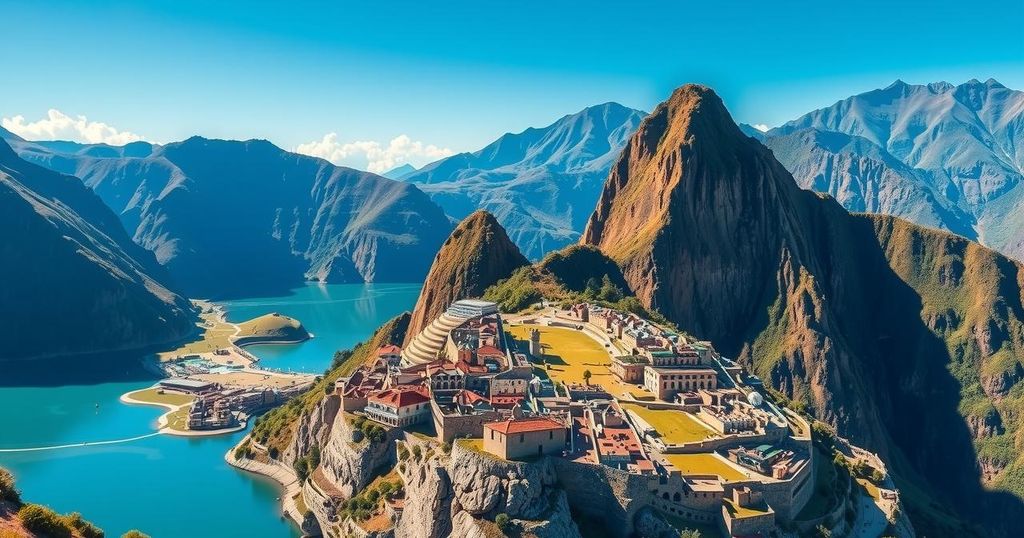La Rinconada: The Highest Inhabited City in the World

La Rinconada, located within the Puno region of Peru, is recognized as the highest inhabited city worldwide, standing between 5,000 and 5,300 meters above sea level. With a population of approximately 12,600 residents, it primarily relies on artisanal gold mining. The city’s extreme elevation poses health risks, highlighting both struggles and opportunities faced by its inhabitants.
Peru is renowned for its remarkable geographical features, including the Amazon River, Lake Titicaca, and notably, the highest inhabited city globally, La Rinconada, which is perched at an altitude between 5,000 and 5,300 meters above sea level. This city is located in the Ananea district of the San Antonio de Putina province, within the Puno region and is part of the high-altitude Altiplano region of the Andes, where more than 10,000 individuals reside.
La Rinconada experiences a rugged terrain that presents significant challenges for transportation. The city exists within a tundra climate, characterized as alpine, with an average annual temperature of 1.3°C and annual precipitation of approximately 707 millimeters. The climate results in chilly temperatures with frigid nights, limited daytime warmth, and a humid summer season featuring frequent snowfall, while winters are known for being dry and extremely cold.
Currently, La Rinconada boasts a population of around 12,600 individuals, primarily engaged in artisanal and informal gold mining activities, dependent upon the fluctuating prices of gold. The surge in gold prices from 2001 to 2009 resulted in an increase in the population to nearly 30,000; however, subsequent price declines have diminished it back to its current levels, as documented by the 2017 National Census.
The extreme altitude significantly reduces oxygen levels, making acclimatization a daunting challenge. It generally takes about 30 days for individuals to adjust, and chronic altitude sickness, known as Monge’s disease, is prevalent among the residents. This health issue, combined with insufficient basic services and mining-related pollution, adversely affects the residents’ quality of life and longevity.
Several other high-altitude cities exist in Peru, including Cerro de Pasco at 4,380 meters, housing approximately 66,860 residents, and Junin at 4,105 meters, with around 10,000 inhabitants. Additional noteworthy cities include Yauri (3,976 m.a.s.l.), Yanaoca (3,913 m.a.s.l.), Ayaviri (3,907 m.a.s.l.), Lampa (3,878 m.a.s.l.), Ilave (3,862 m.a.s.l.), Azangaro (3,859 m.a.s.l.), Juli (3,850 m.a.s.l.), Yunguyo (3,847 m.a.s.l.), Juliaca (3,824 m.a.s.l.), and Puno (3,810 m.a.s.l.).
In conclusion, La Rinconada stands as the highest inhabited city globally, situated in Peru’s Andes mountain range. The city’s extreme altitude poses significant health risks and affects its residents’ quality of life, largely due to its economic dependence on gold mining. Other notable high-altitude cities in Peru further emphasize the country’s unique geographical profile, revealing both challenges and opportunities for their inhabitants.
Original Source: andina.pe





